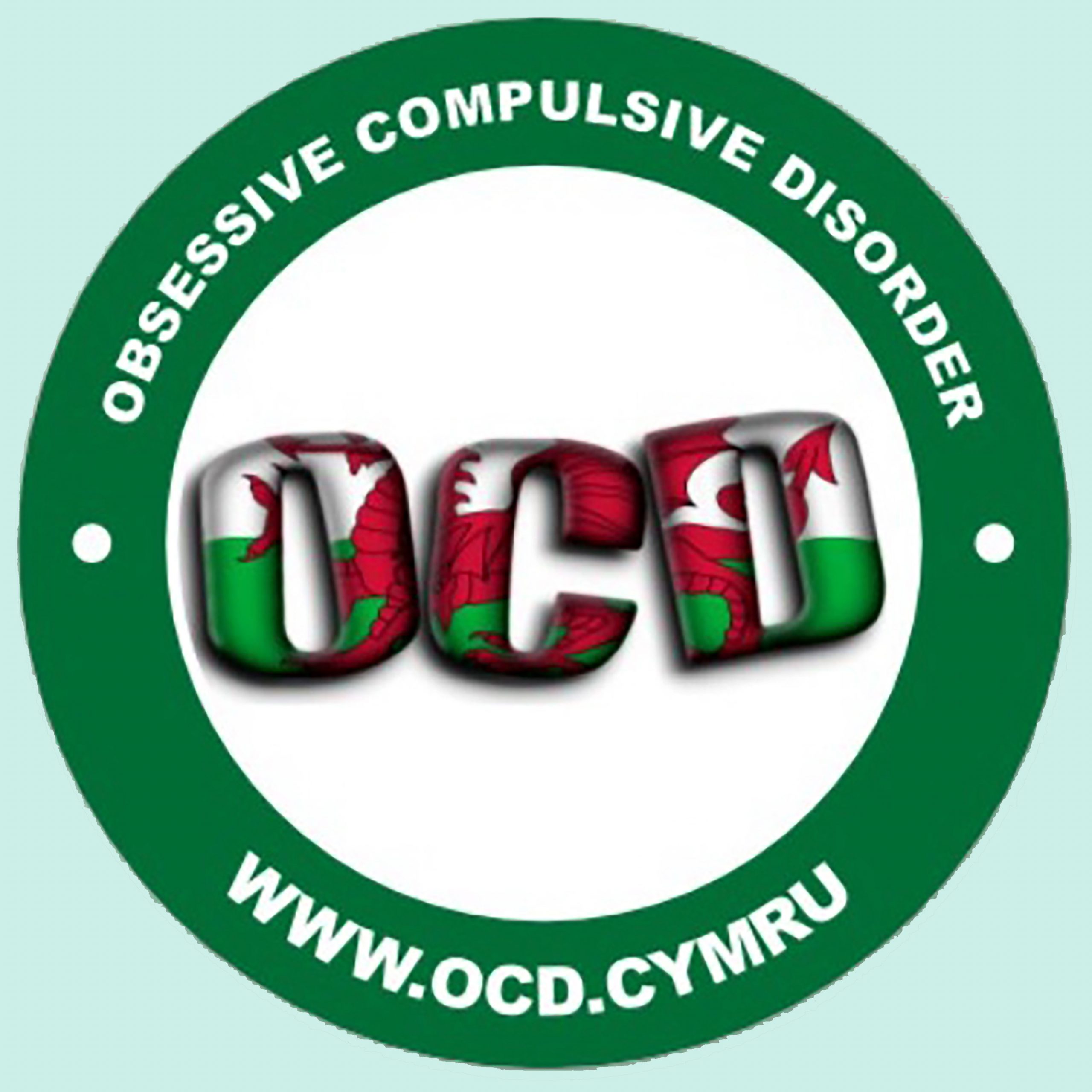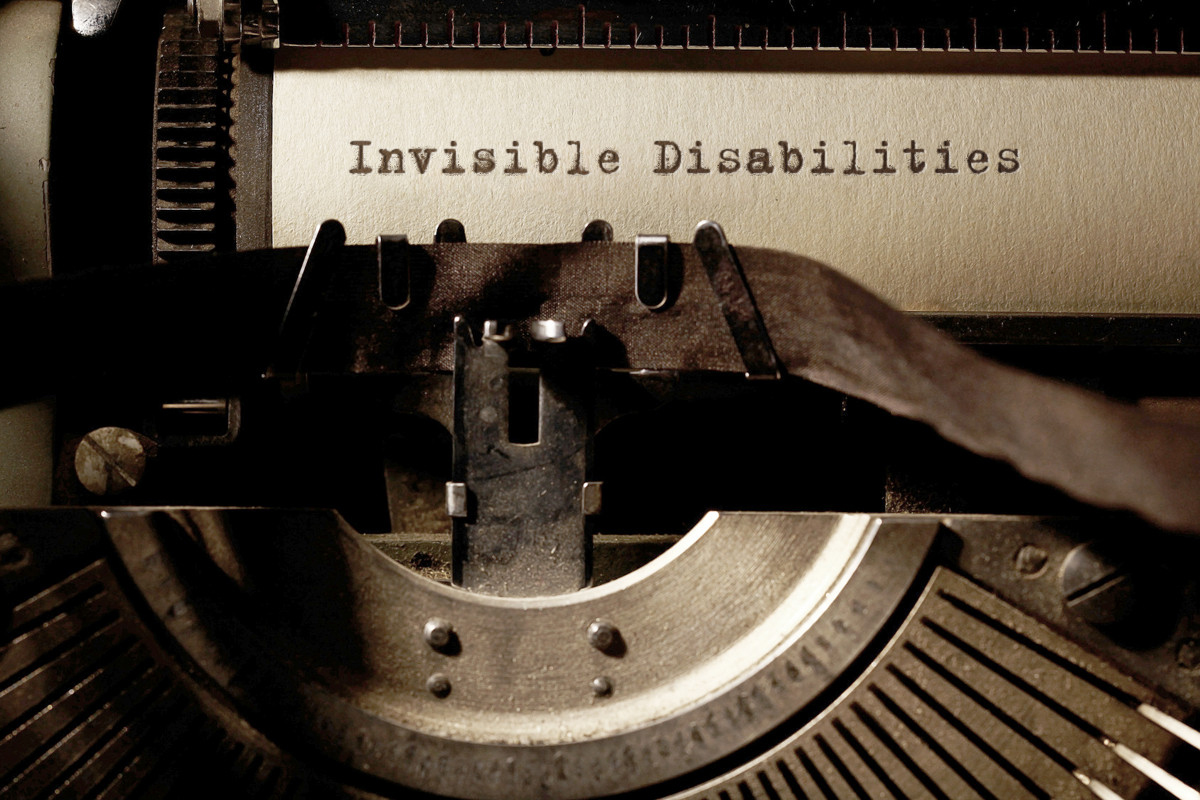
A How-To Guide to Doing Cognitive Behavioral Therapy (CBT) Yourself
Cognitive Behavioral Therapy (CBT) is a widely recognized and effective form of psychotherapy that focuses on changing negative thought patterns and behaviors. While working with a trained therapist is ideal, you can also practice CBT techniques on your own to manage stress, anxiety, depression, and other mental health challenges. Here’s a comprehensive guide on how to get started with self-directed CBT.
Understanding CBT
CBT is based on the premise that our thoughts, feelings, and behaviors are interconnected. By identifying and challenging negative thoughts, you can change your emotional responses and behaviors.
The process typically involves the following steps:
- Identify Negative Thoughts: Recognize the automatic negative thoughts that occur in response to situations.
- Challenge Negative Thoughts: Evaluate the evidence for and against these thoughts.
- Replace Negative Thoughts: Develop balanced, more accurate thoughts.
- Change Behavior: Adjust your behaviors based on these new, healthier thoughts.
Steps to Practice CBT on Your Own
1. Recognize Negative Thoughts
Start by keeping a thought diary. When you notice a negative emotion or reaction, write down:
- The situation: What happened?
- Your thoughts: What were you thinking?
- Your emotions: How did you feel?
- Your physical reactions: Any bodily sensations?
- Your behavior: What did you do?
This process helps you become aware of the patterns in your thinking.
2. Evaluate the Evidence
Once you’ve identified a negative thought, question its validity. Ask yourself:
- What is the evidence for and against this thought?
- Are there any alternative explanations?
- Am I overgeneralizing or jumping to conclusions?
- What would I tell a friend who had this thought?
By critically analyzing your thoughts, you can see them more objectively.
3. Challenge and Replace Negative Thoughts
Replace your negative thoughts with more balanced ones. For example:
- Negative thought: “I’m a failure because I made a mistake.”
- Balanced thought: “Everyone makes mistakes. I can learn from this and improve.”
Write down these balanced thoughts and refer to them when you notice negative thinking patterns.
4. Adjust Your Behavior
Behavioral experiments are a key component of CBT. They involve testing out new behaviors to see if they lead to different outcomes. For instance:
- If you have social anxiety, gradually expose yourself to social situations and observe the results.
- If you avoid tasks because of fear of failure, break them into smaller steps and tackle them one at a time.
Track your progress and note any changes in your thoughts and feelings.
Tips for Success
- Set Realistic Goals: Start with small, achievable goals and gradually work towards larger ones.
- Practice Regularly: Consistency is key. Set aside time each day or week for CBT exercises.
- Be Patient: Changing thought patterns takes time. Be patient with yourself and acknowledge your progress.
- Seek Support: While self-directed CBT can be effective, don’t hesitate to seek support from friends, family, or online communities.
- Use Resources: There are many books, apps, and online courses designed to guide you through CBT techniques.
Helpful Tools and Resources
- Thought Diaries and Worksheets: Printable or digital templates can help you track your thoughts and progress.
- CBT Apps: Apps like MoodKit, CBT Thought Record Diary, and Woebot provide structured exercises and reminders.
- Books: “Feeling Good” by Dr. David Burns and “The CBT Toolbox” by Jeff Riggenbach offer practical advice and exercises.
- Online Courses: Websites like Coursera and Udemy offer courses on CBT fundamentals.
When to Seek Professional Help
While self-directed CBT can be beneficial, it’s important to seek professional help if you:
- Feel overwhelmed or unable to manage your thoughts and emotions.
- Experience severe anxiety, depression, or other mental health issues.
- Have thoughts of self-harm or suicide.
A mental health professional can provide tailored guidance and support.
30 Lifestyle Changes for Better Mental Health: Diet, Sleep, Exercise, and More
- Eat a Balanced Diet: Incorporate a variety of fruits, vegetables, whole grains, and lean proteins into your meals.
- Stay Hydrated: Drink plenty of water throughout the day to keep your body and mind functioning well.
- Limit Sugar Intake: Reduce the amount of sugary snacks and drinks you consume.
- Eat Omega-3 Rich Foods: Include foods like salmon, walnuts, and flaxseeds to support brain health.
- Avoid Processed Foods: Minimize consumption of highly processed and fast foods.
- Eat Regular Meals: Maintain a regular eating schedule to keep your energy levels stable.
- Include Probiotics: Consume yogurt or fermented foods to support gut health.
- Limit Caffeine: Reduce caffeine intake, especially in the afternoon and evening.
- Avoid Alcohol and Drugs: Limit or avoid substances that can negatively impact your mental health.
- Get Adequate Sleep: Aim for 7-9 hours of quality sleep each night.
- Maintain a Sleep Schedule: Go to bed and wake up at the same time every day.
- Create a Sleep-friendly Environment: Ensure your bedroom is dark, quiet, and cool.
- Limit Screen Time Before Bed: Avoid screens for at least an hour before bedtime.
- Practice Relaxation Techniques: Use techniques like deep breathing or progressive muscle relaxation before bed.
- Exercise Regularly: Aim for at least 30 minutes of moderate exercise most days of the week.
- Incorporate Strength Training: Include weight lifting or resistance exercises into your routine.
- Take Short Walks: Break up your day with short, frequent walks.
- Practice Yoga: Incorporate yoga into your weekly routine for flexibility and relaxation.
- Meditate Daily: Spend a few minutes each day practicing mindfulness or meditation.
- Try Guided Meditation: Use apps or online resources for guided meditation sessions.
- Practice Mindfulness: Stay present and engaged in the moment throughout your day.
- Journaling: Write daily in a journal to express your thoughts and feelings.
- Gratitude Journal: Keep a journal where you note things you’re grateful for each day.
- Set Daily Goals: Write down and prioritize your goals for each day.
- Plan Your Day: Create a daily schedule to manage your time effectively.
- Connect with Nature: Spend time outdoors in nature regularly.
- Limit Screen Time: Reduce the amount of time you spend on electronic devices.
- Socialize: Spend time with friends and family to build strong social connections.
- Pursue Hobbies: Engage in activities you enjoy and that bring you joy.
Conclusion
Practicing CBT on your own can empower you to take control of your mental health. By identifying and challenging negative thoughts and changing your behavior, you can improve your emotional well-being. Remember, self-directed CBT is a journey that requires patience, consistency, and self-compassion. Start small, use available resources, and don’t hesitate to seek professional help if needed.
Further Reading:
- Cognitive behavioural therapy (CBT): How does it work? (msn.com)
- https://disabledentrepreneur.uk/understanding-cognitive-behavioral-therapy-cbt-a-comprehensive-guide/
- https://disabledentrepreneur.uk/how-to-do-cognitive-behavioral-therapy-cbt-yourself-a-step-by-step-guide/
Renata The Editor of DisabledEntrepreneur.uk - DisabilityUK.co.uk - DisabilityUK.org - CMJUK.com Online Journals, suffers From OCD, Cerebellar Atrophy & Rheumatoid Arthritis. She is an Entrepreneur & Published Author, she writes content on a range of topics, including politics, current affairs, health and business. She is an advocate for Mental Health, Human Rights & Disability Discrimination.
She has embarked on studying a Bachelor of Law Degree with the goal of being a human rights lawyer.
Whilst her disabilities can be challenging she has adapted her life around her health and documents her journey online.
Disabled Entrepreneur - Disability UK Online Journal Working in Conjunction With CMJUK.com Offers Digital Marketing, Content Writing, Website Creation, SEO, and Domain Brokering.
Disabled Entrepreneur - Disability UK is an open platform that invites contributors to write articles and serves as a dynamic marketplace where a diverse range of talents and offerings can converge. This platform acts as a collaborative space where individuals or businesses can share their expertise, creativity, and products with a broader audience.






